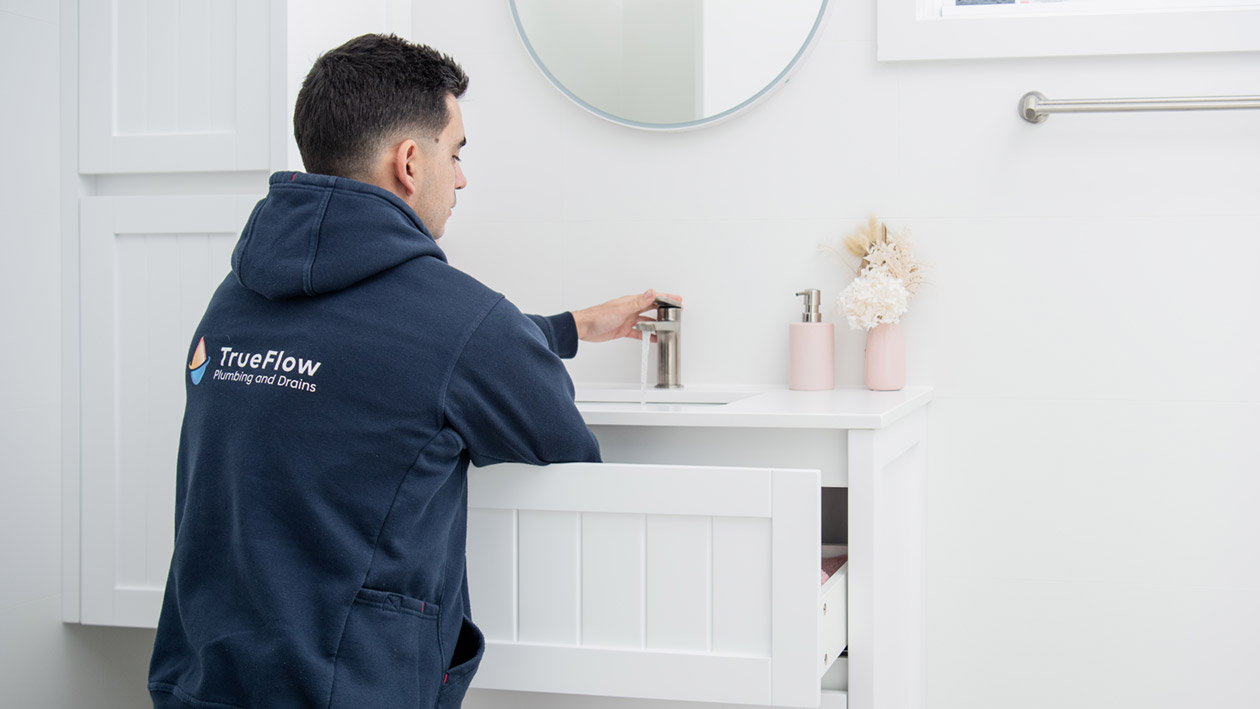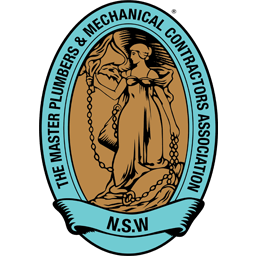A plumbing inspection is a comprehensive evaluation of a building’s pipes, fixtures, and appliances to ensure they function efficiently, safely, and comply with Australian standards. This thorough assessment helps identify existing issues and prevent potentially costly problems in the future.
The Inspection Process
Comprehensive Visual Inspection
The plumbing inspection begins with a thorough visual assessment of all accessible plumbing components. During this phase, the inspector will:
- Examine exposed pipes (both internal and external) for signs of corrosion, leaks, or damage that may require repair or replacement
- Inspect water heaters and boilers for proper functioning, assess temperature pressure relief valves, and check anode rods
- Test all taps and fixtures for leaks, assess water pressure, and verify proper operation
- Check drains and traps for clogs, leaks, and proper venting to prevent sewer gas infiltration
- Inspect toilets and urinals for leaks, proper flushing, and secure floor mounting
- Measure water pressure to ensure it falls within the recommended range (typically between 40 and 80psi)
- Assess gas lines, connections, and appliances for leaks or potential hazards (if applicable)
Camera Inspection
A pivotal component of modern plumbing inspections is the camera inspection, particularly for drainage systems:
- Specialised cameras are used to visually inspect the interior of sewer lines and hard-to-reach pipes
- This technology reveals hidden problems such as blockages, cracks, tree root intrusions, and other damage not visible during standard visual inspections
- Professional services typically provide detailed reports with video and photographic evidence of any issues found
- Camera inspections are especially valuable for pre-purchase property inspections to identify potential drainage problems before finalising a sale
Testing Procedures
Comprehensive testing forms a critical part of the inspection process:
- Pressure testing of water pipes to check for leaks and system integrity
- Flow rate testing to ensure adequate water supply throughout the property
- Temperature testing of hot water systems to verify compliance with safety regulations (storage temperature of 60°C)
- Testing of backflow prevention devices to prevent contamination of the potable water supply
- Checking functionality of all valves, cisterns, taps, and temperature pressure relief valves
- Hydrostatic testing as required by regulations
Areas of Focus
Drainage System
The drainage system receives special attention during inspections:
- Assessment of internal and exterior drainage systems
- Flow rate testing of drain lines
- Checking for proper venting to prevent airlock issues
- Inspection for signs of blockages or slow drainage
- Examination of connection points for leaks or improper sealing
Hot Water Systems
Hot water plumbing inspections include specific checks:
- Verification that minimum storage temperature meets the required 60°C to prevent bacterial growth
- Confirmation that maximum delivery temperature complies with safety requirements
- Inspection of temperature-pressure-relief (TPR) valve termination points for proper and safe discharge
- Assessment of insulation and heat traps for proper heat retention
- Checking of storage tank overflow and safe tray provisions
- Verification of compliance for water heaters with uncontrolled heat sources
Leak Detection
Specialised leak detection is often included in comprehensive inspections:
- Assessment for visible signs of water damage, mould, or moisture
- Checking for puddles, water spots, or damp areas that indicate leaks
- Listening for unusual sounds in the plumbing system
- Looking for unexplained increases in water usage that might indicate hidden leaks
- Examination of fixtures and fittings for slow drips or leakage
Regulatory Compliance
Australian Standards
Plumbing inspections in Australia ensure compliance with national standards:
- As of April 17, 2025, updated standards for plumbing and drainage have been published by Standards Australia
- These include AS/NZS 3500.1:2025 (Water Services), AS/NZS 3500.2:2025 (Sanitary Plumbing and Drainage), AS/NZS 3500.3:2025 (Stormwater drainage), and AS/NZS 3500.4:2025 (Heated water services)
- Plumbing practitioners have six months to adopt these updated standards, with mandatory compliance required from October 20, 2025
- Inspections verify that all plumbing work meets these standards and the Plumbing Code of Australia (PCA)
Documentation Requirements
The inspection process involves specific documentation:
- For new plumbing work, plumbers must submit a Notice of Work (NoW) before starting
- At completion, a Certificate of Compliance (CoC) confirms the work complies with regulations and standards
- For specialised systems like backflow prevention devices, annual testing and reporting are mandatory
- Local government authorities or the public sector typically conduct inspections for permit work
Ready to ensure your plumbing is safe, efficient, and compliant? Don’t wait for a costly problem to arise-schedule your professional plumbing inspection or pre-purchase plumbing inspection with True Flow Plumbing today! With transparent pricing, same-day service, and a lifetime labour guarantee, Dylan and his expert team on the Central Coast are ready to provide thorough inspections and fast solutions.



